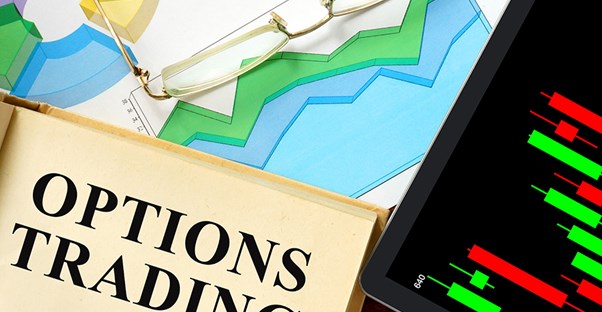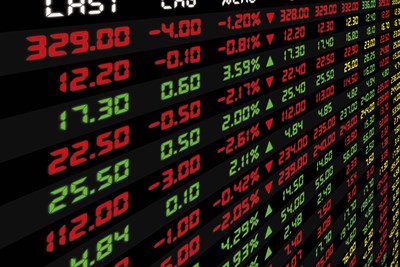Getting into options can be complicated, especially when some of the terms are used loosely. After reading our guide, you’ll know exactly what you’re talking about when it comes to the options market. Here is a breakdown of the differences between calls and puts.
Obligations
The obligations for calls and puts are solely placed on the seller. To fully explain, the terms needs to be broken down into who is buying and selling.
The buyer of a call is someone who has the right, but not the obligation, to purchase an option at the strike price by a future date. The seller is the person who is required to sell their shares if the buyer of the call follows through.
The buyer of a put has the option (but isn’t expected) to sell an agreed quantity of an asset by a specified date by the strike price. Alternatively, the seller of a put is required to purchase the securities at the agreed upon price should the buyer choose to exercise their right.
Loss and Gain
Calls and puts are used in different ways. Calls are implemented if someone has a feeling that an asset or stock may increase in value. Imagine that someone thinks stock in Company A could increase in the following year, so they purchase a call for $50. The stock rises to $60, and the buyer makes a profit because they buy the shares at a lower value than the current market price. The seller is forced to sell their assets if the buyer exercises their right.
Puts are used to protect an investor from massive loss. If an investor has stock in Company A, but information causes the investor to think the stock will drop, they can purchase a put. A put is a contract that is purchased by another person that says they’ll buy the stock if the seller exercises the right. The stock could drop $10 per share, and the put buyer could use their power, forcing the seller to purchase the shares at the agreed price.
Risks
Both calls and puts have similar risks, but the amount of risk depends on whether you’re buying or selling as well as what is being traded. Some fields are more volatile than others. Commodities are considered to be twice as risky as stocks because of fluctuation, which makes calls and puts necessary. However, some may consider it purduent to sell puts on a stock they wish to own in the future.




